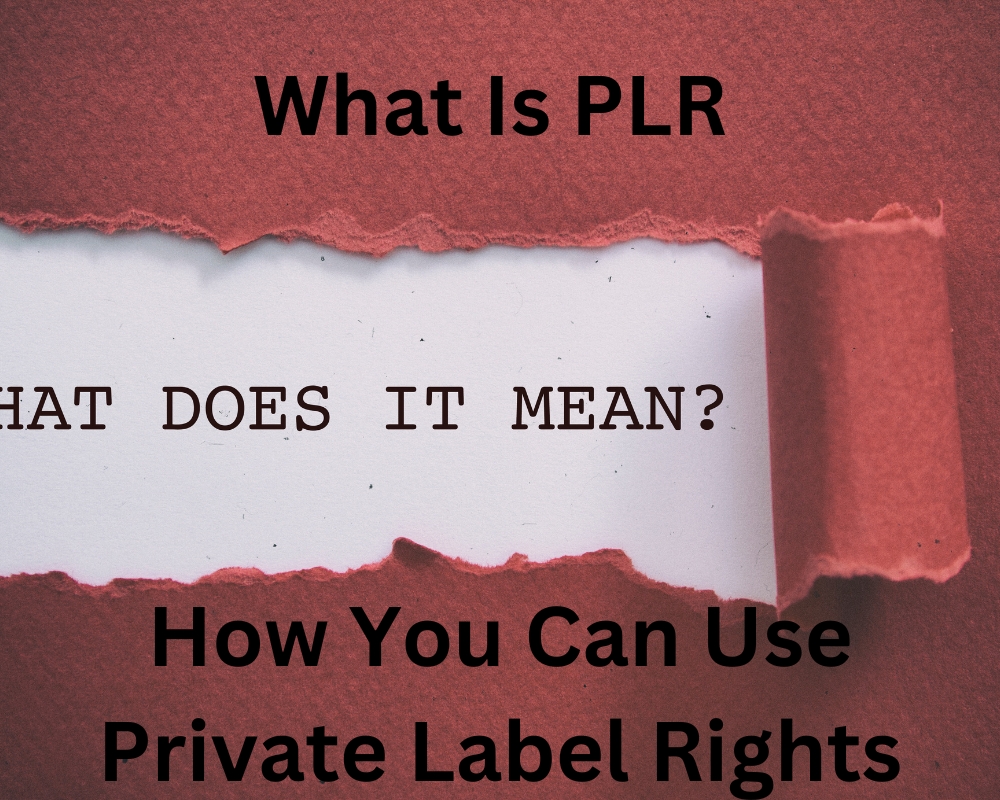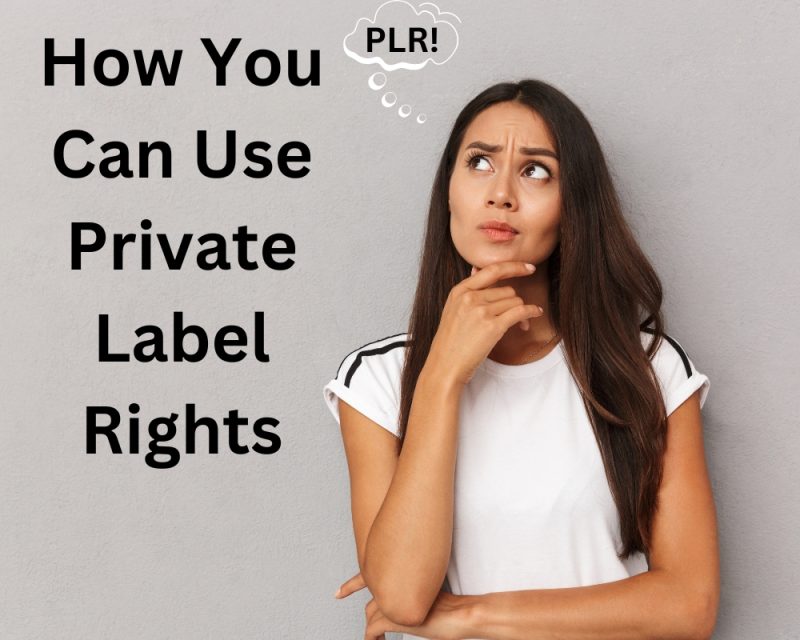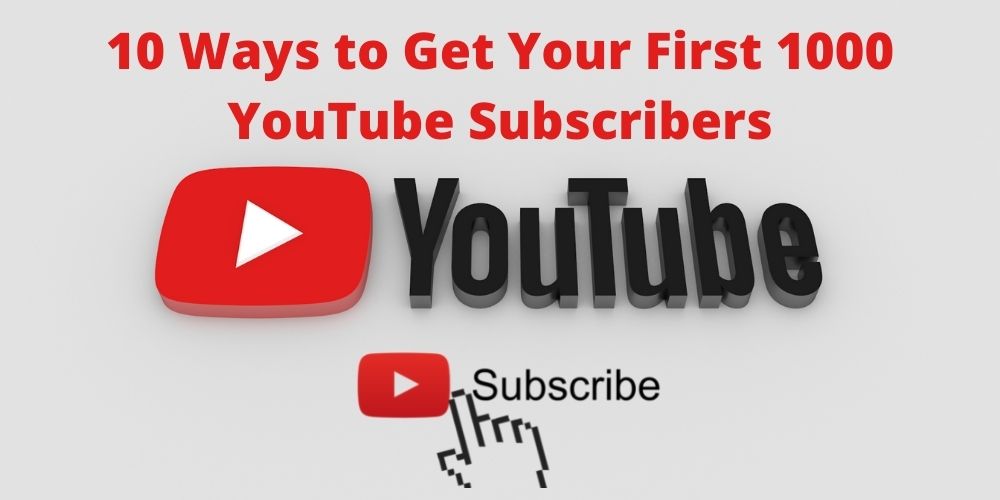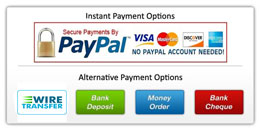What Is PLR and How You Can Use Private Label Rights. Increasing numbers of businesses are turning to private label manufacturers and freelance designers as examples of outsourced services.
In recent years, private label rights (PLR) have emerged as a new type of marketing outsourcing. With the help of PLR, businesses that might not have the means to create their own content marketing campaigns can still reap the benefits of this strategy.
In this manual, we’ll explore the intricacies of PLR, from its definition and benefits to its drawbacks and optimal applications.
When do you have PLR?
With the help of private label rights, one can repackage and sell previously published materials (like articles or videos) under their own name.
In particular, they permit and even demand that the purchaser alter an otherwise stock piece of content in some way, at which point the purchaser becomes the sole owner of the content and may use it for any purpose.
PLR, or private label rights, are a type of MRR (MRR). Master resell rights, a subset of resell rights, give the purchaser the legal authority to resell both the product and the rights to that product.
A resale license allows the purchaser to resell an item without making any changes to it. Master resell rights (MRR) content differs from private label rights in that the purchaser does not have the right to make any changes to the product and the MRR product must be sold and not given away for free.
In the section that follows on using PLR content, we’ll go over the various justifications for providing free content.
Although articles are the most common form of PLR content, almost any form of content (eBooks, software, educational courses, video, audio, and graphics) can be sold with PLR rights.
PLR content is halfway between completely unique content created for a single client and copied material. It’s easier to implement and doesn’t have the potential search engine optimization issues or copyright restrictions of the other.
It also means that the quality of the content may be lower than that of content created specifically for your business, and that it will require more work to edit than a simple repost.
PLR Benefits
The main benefits of private label rights are the adaptability and efficiency gains from repurposing existing works. This content type offers advantages of both original writing and reusing previously published material. Having more free time.
The right use of PLR content saves businesses time and effort over creating content from scratch. Even on a larger scale, this strategy proves effective: once an organization has acquired several PLR articles on a given subject, it can organize a series of follow-up pieces to fill in any gaps in coverage.
But PLR content may go into depth that business owners would never consider. This requires the addition of specialized knowledge. Since offering content outside of one’s main area of expertise often necessitates extensive research and introduces room for error, PLR content can be especially useful for businesses looking to expand into new areas of expertise.
PLR products would be useful for a commercial cleaning services company that specializes in cleaning large office buildings but knows little about the ingredients or production process of its cleaners.
• Inexpensive. PLR articles can be purchased online in bulk for a few cents each.
PLR content is cheaper than having someone write original content for you, even if you have to spend some time customizing it.
• Customized. To better suit the needs of the business that purchased the PLR content, the buyer is free to make any modifications they see fit. The buyer is given the option of customizing the product with their own branding, including their company name, calls to action, and relevant data and examples.
• Ownership. PLR content can be resold, modified, remixed, combined, and distributed for free. When something is modified, it becomes “custom content,” and the buyer owns it just as completely as if they had originally created it. One must always read the fine print before purchasing PLR content, as there may be restrictions on the use of the content.
Consequences of PLR
The problem is that PLR is not a silver bullet. PLR products tend to be of low quality, and the original PLR content is sold to multiple buyers, so there are drawbacks to relying on them instead of generating content from scratch.
• Poor workmanship. Because of its low price and adaptability, PLR content is often hazy and of low quality. When PLR products are posted without significant revisions, the resulting content may not provide much value to readers, who may instead opt for more in-depth or useful articles on other websites.
Indeterminate standard. Typically, PLR content is sold in bundles, and the purchaser has no way of knowing exactly what they are getting until after they have paid for it.
The importance of dealing with a trustworthy vendor cannot be overstated. There’s a chance of plagiarism. In continuation of the preceding point, some less scrupulous businesses may peddle plagiarized work.
Sometimes it’s hard to tell if content has been plagiarized because it appears on multiple websites or is based on unpublished work. However, even if you don’t intend to break the law, you might get in trouble for posting this content.
• Duplication. PLR content is resold to multiple customers, sometimes without a limit on how many times an item can be purchased by a single customer. Depending on the frequency with which this content has been shared, this can backfire in one of two ways for the PLR buyer. First, search engines will penalize a website’s ranking if PLR content has already been published elsewhere.
This is because search engines detect duplicate content when crawling the web. Second, it could hurt your reputation if customers think your content is the same as that of a competitor’s, especially if it’s being offered as an incentive or for sale.
Researching the content vendor thoroughly to establish their credibility can help you avoid some of these pitfalls. Examining how widely used the content is online is also crucial.
Offering the same content as many other businesses will make it difficult to differentiate yourself in the eyes of potential customers.
However, it is important to remember that search engines do not punish duplicate content as severely as some may believe.
As much as 30 percent of all web pages simply copy and paste content from elsewhere without a second thought. Companies that want to get SEO value out of PLR content should make sure they are not posting something identical to what has been published by 15 other companies already because Google does take note of where a piece of content appeared first.
Make sure to run a thorough plagiarism check before publishing, but be aware that content can pass muster with enough synonyms swapped in to pass muster.
Product Private Label Rights: How to Use Them
The most critical aspect to keep in mind (and the fundamental principle behind PLR) is that PLR must be modified. Purchasers of PLR are encouraged to modify the material in some way that reflects their own expertise or experience.
Some people even suggest that PLR materials shouldn’t be used as anything more than the central idea or a starting point for an ebook, article, or video series. At some point, though, the effort required to modify PLR makes it more practical to just write original content from scratch. Maintaining a steady equilibrium is crucial.
Many businesses use PLR products to increase traffic to their website, such as blog posts, emails, daily tips, eBooks, and other similar applications. While these recycled goods are sometimes used as ingredients in new, marketable products, they are also frequently used as incentives to lure in new customers.
Customers who join an organization’s email list or spend over a certain threshold may be eligible to receive a free PLR product. Businesses often provide supplemental PLR products, like eBooks, to supplement the primary content of their offered online courses.
Article marketing, in which the articles of one company are published on the website of another, is another use of PLR content. PLR products are a great option for businesses that are just getting started or that lack the manpower to create and maintain their own blog or email marketing campaign from scratch.
Conclusion About PLR
If your business lacks the personnel, time, or funds to create original written content, exploring private label rights products may be a good option.
But you need to improve PLR products, not just for your business’s sake, but to attract customers who are looking for something you and your competitors aren’t offering.






